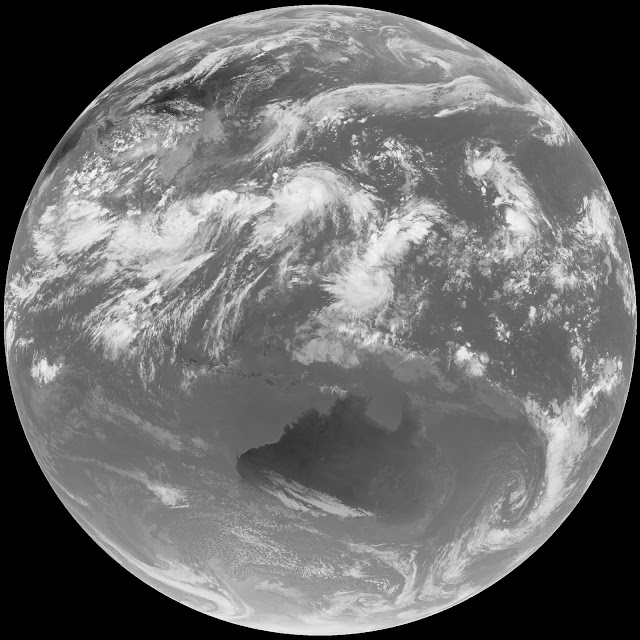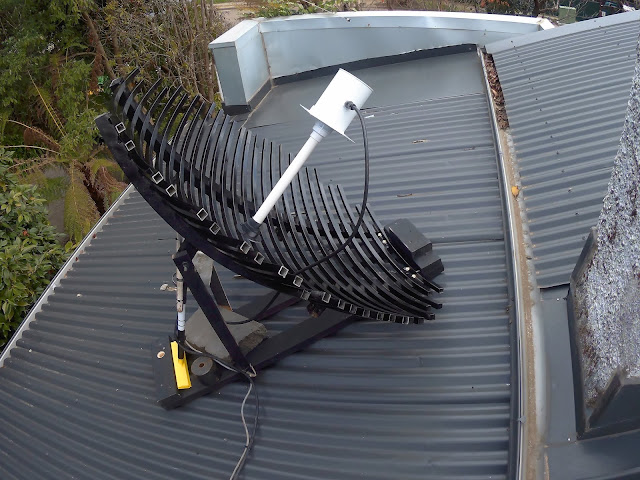I am building a direct conversion receiver for VLF.
I require a filter with a 3db bandwidth of 400Hz
I will describe the software used and show the resulting filter electrical and physical characteristics.
1. Software
The software being used is freeware and is called dishal2025
Here is a link to the pages of G3JIR where the software of DJ6EV is described and linked. Use this page to download the dishal2025 release .and become accustomed to the program using the numerous descriptive links.
2. Crystals
I have decided to use an IF of 10MHz (or determined by the crystals) in my receiver. I purchased a quantity of 50 crystals form a supplier in Western Australia.
The initial stage of design is to obtain the electrical characteristics of each crystal
Here is the main dishal2025 screen (this is showing my entries - when using for the first time fields will be blank)
Select xtal and then G3UUR method revealing the following screen
This shows the basic frequency shifting and measurement to determine crystal properties.
The following circuit should be used
Each crystal is tested and the resulting properties are recorded. I put each crystal in a poly bag and write results for Lm, Cm and series frequency of the bag.
Here is a good reference site explaining the process
The dishal help file is in German but here is a link to an English version of the help file
3. Filter design Stage 1
The next thing to do is use the QER(G3UUR) function.
I am going to use six crystals and I take the mean of the series frequencies making sure I am using crystal of similar characteristics.
cp is the capacitance provided by the supplier of the crystals.
lm is as measured
Series frequency is as measured
Calculate provides the fm, ck and zin/zout
4. Filter Design Stage 2
Now using the main dishal window enter your needs and results
cm as calculated
series frequency is the median of the six crystals
cp is series capacitance of crystals (provided by supplier)
B3db is the desired 3db bandwidth (400Hz)
PB ripple I desired 0.2db
number of crystal I used 6 and this determines the filter response
display frequency span select to suit
Hit calculate and the program shows the frequency response and capacitance values need to make the filter
The filter design uses this format for six crystals
My results are
Ck12 289pf
Ck23 370.8pf
Ck34 383.2pf
Cs1 370.8pf
Cs4 1175pf
These values are important and should be generated using multiple capacitors to get as close to calculated as possible.
4. Impedance Matching
The final stage is to determine a good impedance match.
The calculated input/output impedance is 55.2Ohms
From the dishal main window select LC-Match
The following window will appear
You will probably find the transform from R2 to50Ohm R1 is already selected, if not enter R1 50Ohms.
Hit calculate and the results for either equivalent circuit will be provided.
I use the program Mini Ring Core Calculator to design coils and the link is here
https://mini-ring-core-calculator.updatestar.com/
Using the above result's the inductor wound on a T37-6 core requires 9 turns for 0.26uH and I use a small variable capacitor. This can be adjusted to get symmetrical filter responses when measuring real world filter responses.
5. Final Design
Here are two pictures of the completed crystal filter
6. Measured results
Using a NanoVNA here are two images showing the measured frequency response of the completed filter than was designed with a 3db 400Hz bandwidth
7. Final Comments
Dishal2052 is an extremely accurate freeware program for designing crystal ladder filters.
It is very important to characterise your crystals and it is very important to build using exact as possible capacitance values by paralleling numerous capacitors.
I hope this blog has provide the reader with the tools to dip your toes into this valuable design process. Once done it is seen as a straight forward process to designing good filters.
































